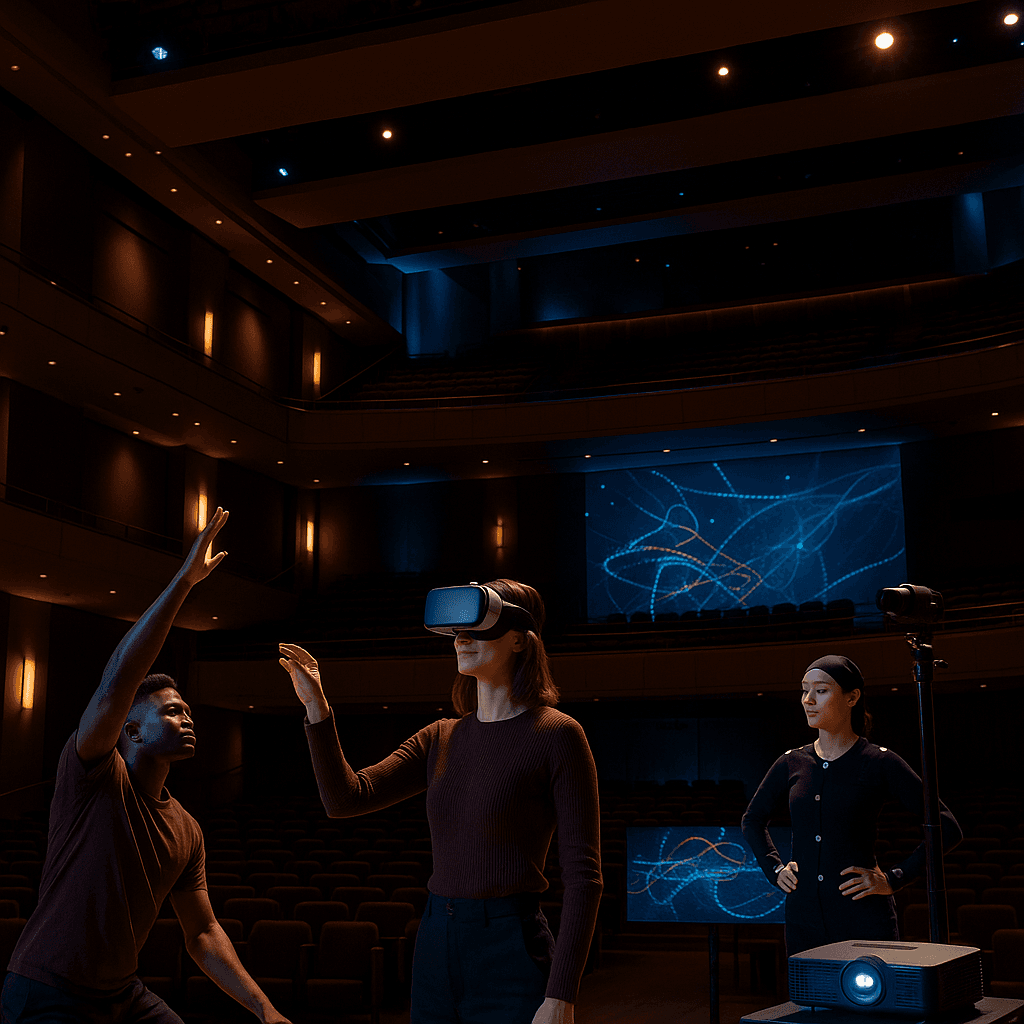While the arts world grapples with AI anxiety, Lincoln Center is doubling down on tech integration. The iconic venue just unveiled its second class of Collider Fellows - six artists using everything from AI to VR to reimagine what live performance can be in 2025.
Lincoln Center just made a bold statement about the future of performing arts. At a time when many cultural institutions are wringing their hands over AI's impact, the New York institution is welcoming technology with open arms through its second class of Collider Fellows.
The six artists announced today represent a fascinating cross-section of where live performance is heading. There's Cinthia Chen, whose projection-based work explores hybrid identities and spiritual futurism. Sam Rolfes brings motion-capture expertise from collaborations with Lady Gaga, Arca, and Netflix. And James Allister Sprang is pioneering work with the 4D Sound System, creating immersive experiences that explore Black diasporic timelines.
But it's Stephanie Dinkins who perhaps best embodies the program's mission. Recently named one of Time Magazine's 100 Most Influential people in AI, Dinkins focuses on how emerging technologies intersect with race and future histories - exactly the kind of critical perspective Lincoln Center wants at the table.
"I love that they're all really thoughtful people who are not just thinking about [the work] itself, but how it fits into a larger conversation in arts and technology," Lincoln Center's vice president of programming Jordana Leigh told TechCrunch.
Leigh's optimism cuts against the grain of broader cultural anxiety around AI. She sees technology as "another tool in their toolkit, like a mixer for sound or a paintbrush for paint." More intriguingly, she suggests that for some artists, "technology is catching up to their vision, versus their vision catching up to this technology."
The program's approach feels deliberately countercultural. Unlike typical artist residencies that demand final projects or commissions, the Collider Fellowship gives artists complete creative freedom. The first class included one artist who cranked out "five or six prototypes," while another simply wanted to "take this time to rejuvenate, read tons of books, do tons of research, slow down." Both approaches, Leigh emphasizes, are "completely acceptable."












